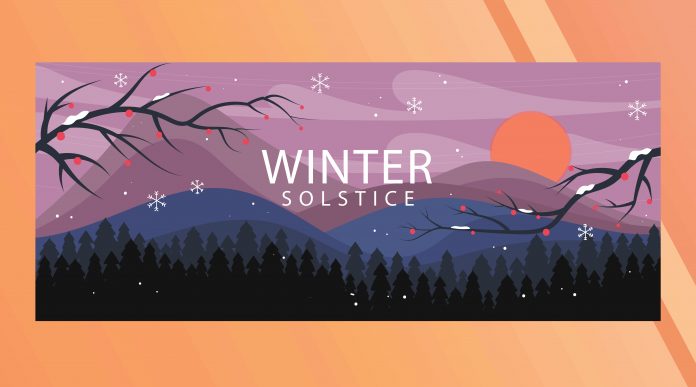Reading Time: 2 minutes
The winter solstice occurs during the hemisphere’s winter. In the Northern, this is the December Solstice (usually 21 or 22 December) and in the Southern Hemisphere, this is the June Solstice(usually 20 or 21 of June). Although the winter solstice itself lasts only a moment, the term also refers to the day on which it occurs. It presents us with the occasion to reflect ; and celebrate life.
In India, Winter solstice will occur on December 22, 2023 at 08:57 am.
Shortest Day in the Northern Hemisphere
Since the Northern Hemisphere is tilted away from the Sun in December, it receives less sunlight during the course of a day. At the solstice, the North Pole’s tilt away from the Sun is greatest, so this event marks the shortest day of the year north of the equator.
This effect is greatest in locations that are farther away from the equator. In tropical areas, the shortest day is just a little shorter than 12 hours; in the temperate zone, it is significantly shorter; and places within the Arctic Circle experience Polar Night, when the Sun does not rise at all.
Longest Day in the Southern Hemisphere
Conversely, the day of the December solstice is the longest day of the year in the Southern Hemisphere. Here, too, the effect is greater the farther a location is away from the equator.
Places within the Antarctic Circle experience the Midnight Sun, when the Sun does not set at night.
Since the dawn of civilisation, the winter solstice has been a significant time of year in many cultures and has been marked by festivals and rituals. It marked the symbolic death and rebirth of the Sun; the gradual waning of daylight hours is reversed and begins to grow again.
Some things you can do to celebrate this occasion:
- Light a candle or diya
- Offer prayers and meditate – Reflect, rest, let go
- Be grateful for what you have
- Dream of where you still wish to go
- Kick start a weekend of festivities
- Have a meal with family and friends
- Have fun; but also try to give your time and heart to others








